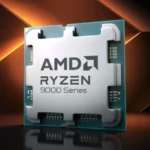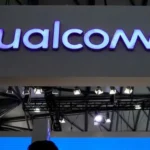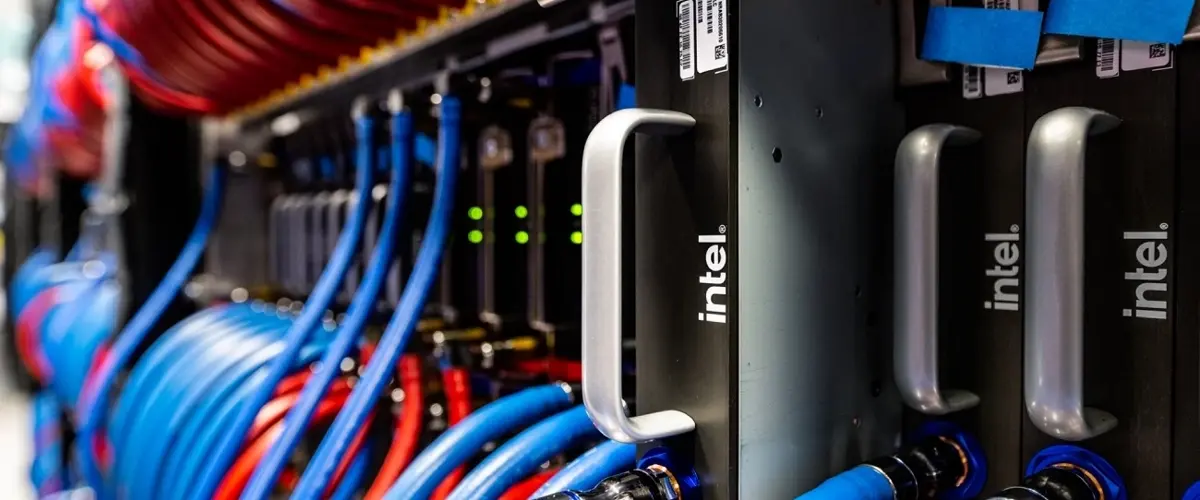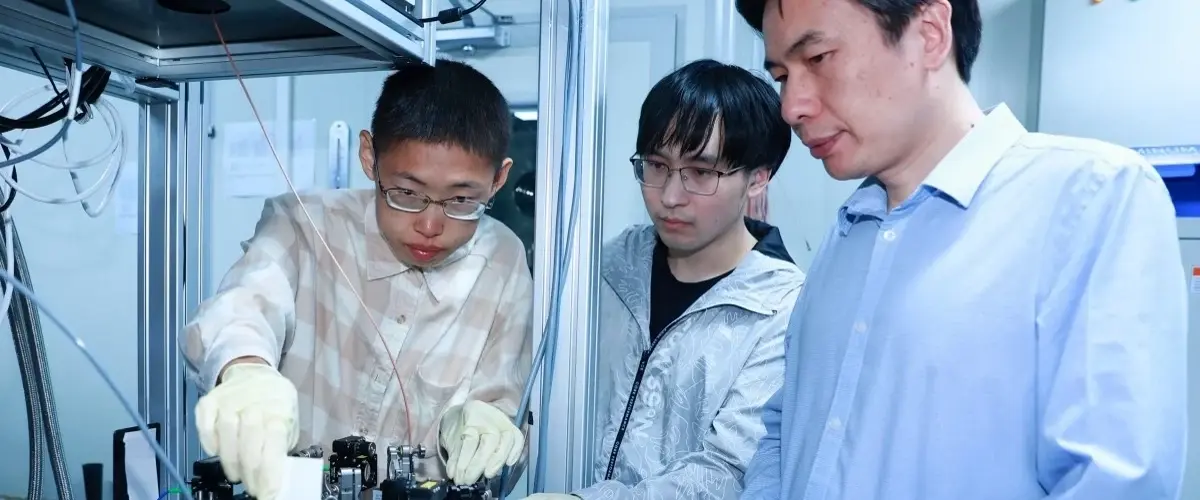The Aurora supercomputer, powered by Intel processors, was unable to surpass the Frontier supercomputer, powered by AMD chips, in the latest Top500 ranking of the world’s fastest supercomputers, placing second. Nevertheless, Aurora topped the ranking in the HPL-MxP test, designed to evaluate performance in artificial intelligence, achieving 10.6 AI exaflops and becoming the fastest AI supercomputer in the world.
Aurora consists of 10,624 clusters, including 21,248 central processors and 63,744 graphics processors. Argonne National Laboratory (ANL), where this supercomputer is installed, was once again unable to conduct a full Linpack test for the Top500 ranking. With 87% of Aurora’s components operational (9,234 active clusters out of 10,624), the system achieved a performance of 1.012 exaflops, securing second place. Six months ago, Aurora also placed second with a result of 585.34 petaflops, operating on half of its computational blocks.
It is expected that Aurora will surpass Frontier in the Linpack test at full capacity, but the system requires additional tuning. Currently, Frontier, with a result of 1.206 exaflops, is 19% faster than Aurora. According to Tom’s Hardware, even with all its computational blocks in use, Aurora would not surpass Frontier.
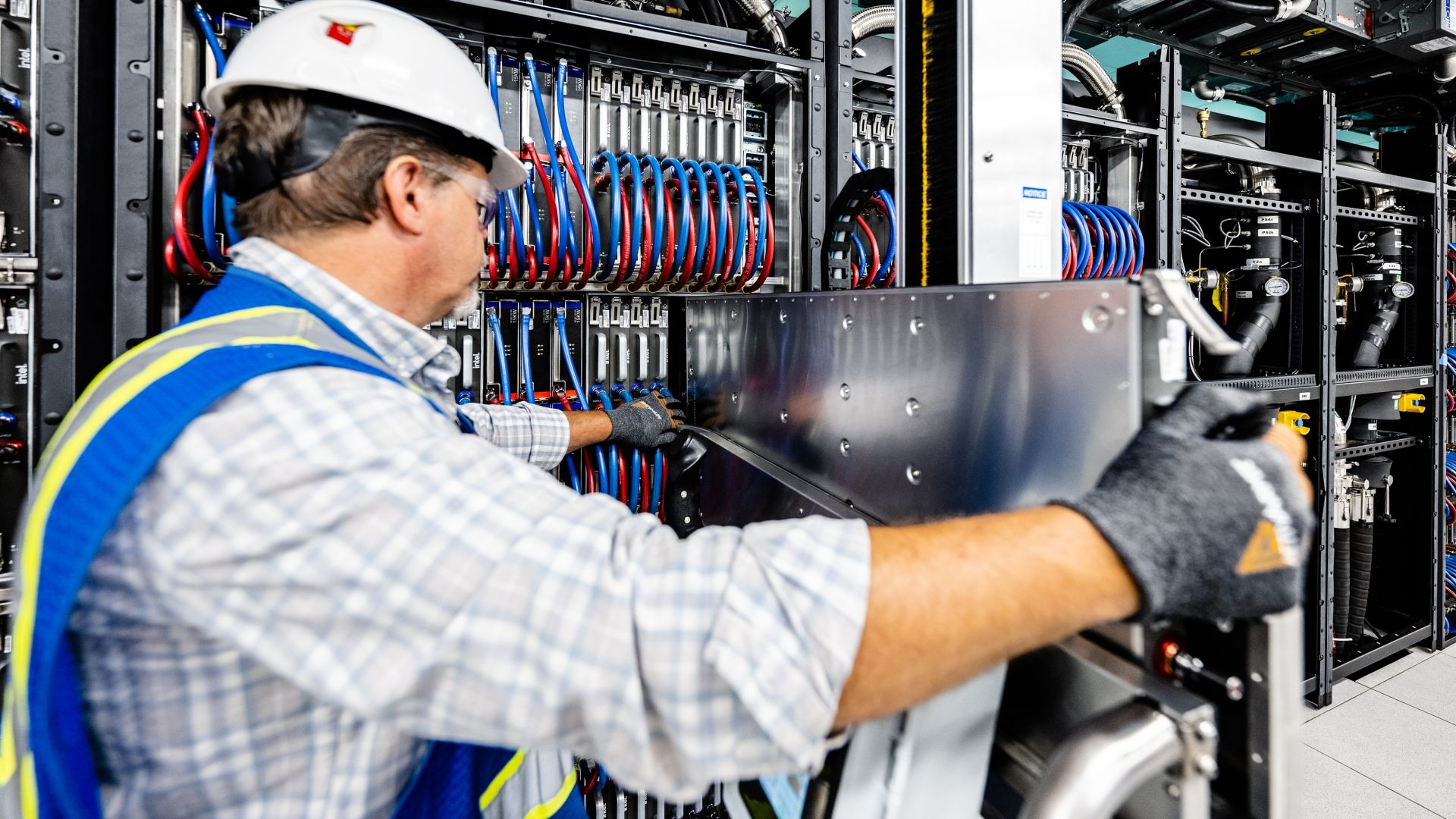
Intel claims that Aurora’s theoretical peak performance is 2 exaflops (Rpeak), but supercomputers’ performance is measured by their sustained performance (Rmax). Frontier delivers 70% of its peak performance as sustained performance in Linpack, whereas Aurora achieves 51%. It is expected that the situation will improve after further adjustments.
Aurora took first place in the HPL-MxP test, reaching 10.6 exaflops using 89% of its computational blocks. This test better reflects performance in real-world AI workloads and other applications.
Soon, Aurora will face competition from the Alps supercomputer at the Swiss National Supercomputing Centre (CSCS), which will be powered by Nvidia Grace Hopper superchips. This system is expected to deliver AI performance of 20 exaflops, with all 10,752 superchips installed by the end of June this year.
In the HPCG (High Performance Conjugate Gradients) test, which is also more representative of real-world workloads, Aurora ranked third, using 38.5% of its computational blocks. In the Graph500 test, designed to evaluate performance in handling large datasets, Aurora placed fifth. However, ANL did not specify how much of the system was used for this test.
Aurora did not make it into the list of the most energy-efficient supercomputers, Green500. Its peak power consumption is up to 60 MW, twice that of Frontier (29 MW).
It has been 10 months since the last equipment blocks for Aurora were installed, but the system is still not operating at full capacity. An Intel representative told Tom’s Hardware that they continue to work with Argonne National Laboratory and HPE on fully stabilizing and tuning the system, including computational nodes, storage system, interconnect fabric, power supply system, and cooling system.
They are also addressing stability issues related to hardware failures, software errors, cooling system malfunctions, power supply problems, network infrastructure stability, and operational errors. Researchers have not yet announced when the supercomputer will be fully operational.





